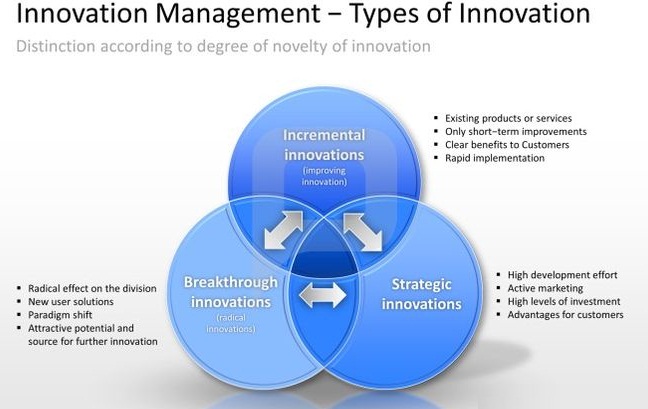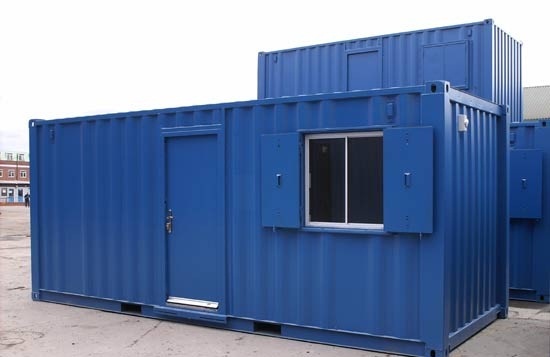Every business wants to grow. They want to become worth more (vertical growth) and they want to become bigger (horizontal growth). While this can be achieved through lengthy, hard work, there are also a number of shortcuts that can be taken. Organic growth, unfortunately, can be difficult and very slow. This is why so many businesses try to grow through mergers and acquisitions. This is a way to instantly expand the business, either horizontally or vertically or both.
Big corporations are notorious for always being on the lookout for an opportunity to acquire a different business or merge with it. In fact, in some of the largest companies, there are entire departments that focus on nothing but this. Generally speaking, they do so because:
- They want to diversify their offerings of products or services.
- They want to expand their reach in the market, effectively killing the competition.
- They want to strengthen their existing research facilities.
- They want to lower production costs.
Merger and Acquisition Strategies
There is a lot of software out there to help businesses with their merger and acquisition processes. This enables them, as well, to learn more about company mergers and the strategies that others have used in the past. Additionally, these software packages, which are usually online programs, tend to have lists available that show which companies are currently available for acquisition, or that are looking for merger. This is a really valuable tool for those who are looking to expand, as it enables them to gather enough intelligence before deciding what an appropriate next move would be.
Once one company identifies another company with which they want to perform a merger or acquisition, they have to think about next steps. First of all, they must decide whether they want to acquire the other company, which means that they totally take it over, or whether they want to merge, in which case both companies give and take a little bit. There are pros and cons to both options.
The pros of acquisitions include:
- The first company gets to keep all its staff members, as they do not have to reshuffle their organization to take in the old one.
- They will take over a piece of the market and, thereby, a piece of the competition, strengthening their own position.
The pros of mergers include:
- It is a friendly agreement, in which different types of talent join forces.
- It also allows for further market expansion, strengthening individual positions.
The cons of acquisitions include:
- They tend to be very risky. Only businesses that are at risk of failing tend to be available for acquisition.
- It is quite a hostile move, which can be hard on an ethical basis.
The cons of mergers include:
- A complete company reshuffle will have to be completed. This inevitably means that people in both original companies will lose their job.
- It can be difficult for two companies to properly merge and become one.
It is vital that you learn more about mergers and acquisitions before you decide to engage in one.





